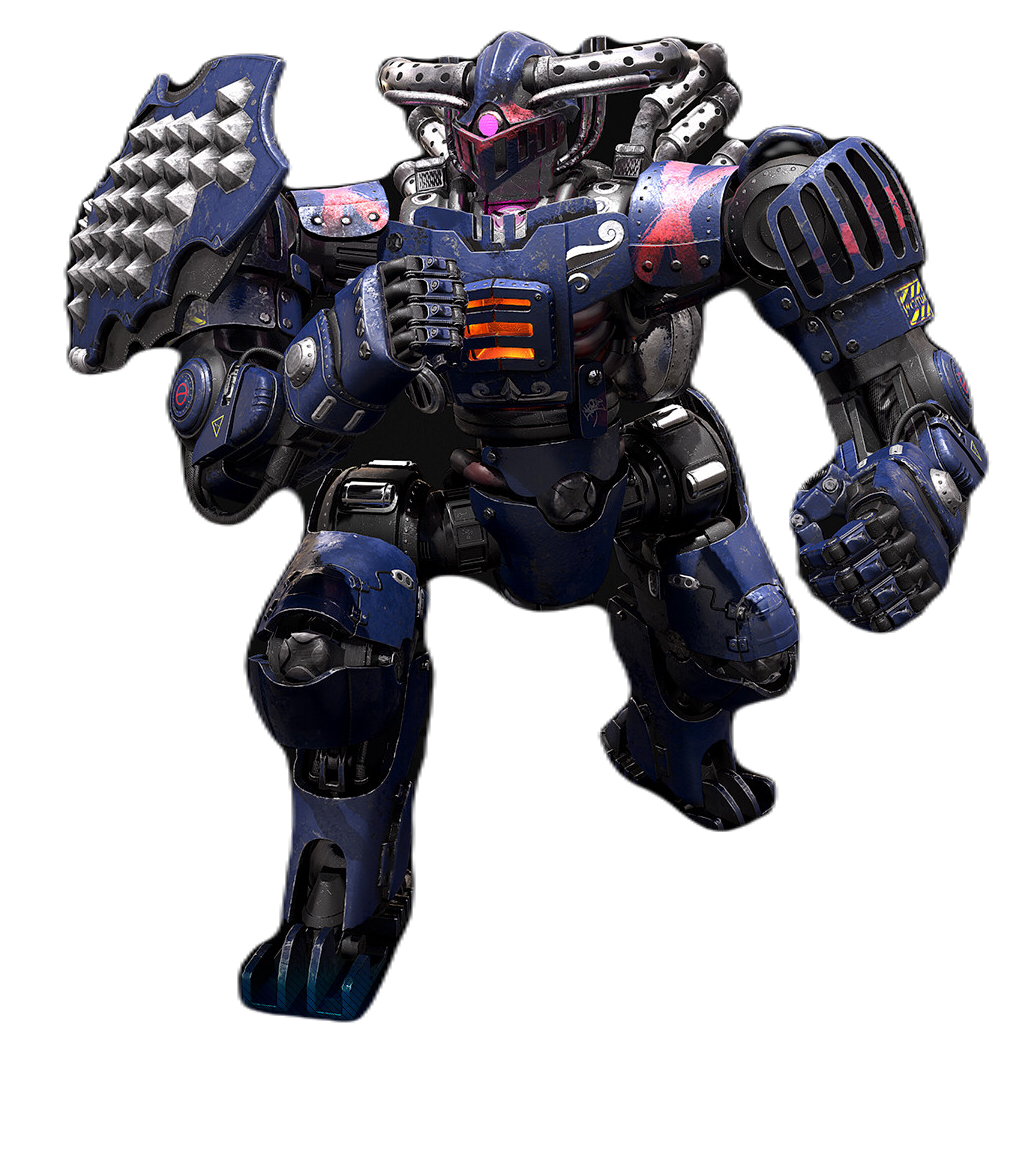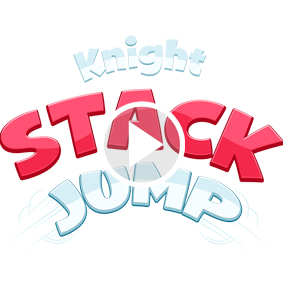At Game-Ace, our UI artists are not just designers, they are dedicated learners and active participants in the gaming community. Their commitment to staying at the forefront of game UI design trends is unwavering, ensuring that every project we undertake not only meets but surpasses contemporary aesthetic and functional standards. This dedication is multifaceted, rooted in continuous learning, community engagement, and leveraging state-of-the-art technology.
Every artist in our team dedicates time each week to study the latest developments in the field. They scour industry publications, digital art forums, and design blogs, absorbing insights and inspirations that inform their work. Additionally, online courses and webinars serve as platforms for deepening their understanding of new tools and techniques, ensuring their skills remain sharp and relevant.
Participation in design communities, both online and offline, plays a crucial role in our strategy. Our artists actively contribute to discussions on platforms such as Dribbble, Behance, and ArtStation, where they exchange ideas and feedback with peers. This interaction fosters a culture of continuous improvement and innovation, pushing our team to explore new boundaries in UI design.
Conferences and workshops offer another avenue for professional growth. By attending leading industry events, our UI artists gain firsthand insight into emerging trends and the future direction of game design. These experiences inspire and provide practical knowledge that they can apply directly to their work, enhancing the creativity and effectiveness of the UIs they create.
Collaboration with game developers and other designers within Game-Ace is instrumental in keeping our UI design practices cutting-edge. Regular team meetings encourage sharing new ideas and techniques discovered through individual research and project work. This collective wisdom ensures that every project benefits from the latest industry insights and innovations.
Client feedback is invaluable in our quest to stay ahead of trends. By listening to the gaming community's needs and preferences through our clients' lens, we can adapt our designs to match evolving player expectations. This feedback loop helps us refine our current projects and guides our research and development efforts, aligning our work more closely with market demands.
Technology scouting is another critical aspect of our strategy. Our team continuously evaluates new software and tools that have the potential to revolutionize UI design. By adopting and mastering these technologies early, we can offer our clients unique solutions that set their games apart in a crowded market.
Personal projects and experimentation also contribute to our trend awareness. Our artists are encouraged to explore their creative ideas, pushing the limits of current design paradigms. This freedom to innovate is crucial for discovering novel approaches that can be applied to client projects, resulting in fresh, trend-setting UI designs.
In sum, our commitment to staying abreast of game UI design trends is unwavering. Through diligent study, community engagement, ongoing education, and a culture of innovation, we ensure that our UI artists are not just followers but trendsetters in the industry.
If you are seeking a UI design team that's always on the cutting edge, look no further than Game-Ace. Our artists are ready to infuse your game with the latest trends and technologies, crafting interfaces that captivate and engage players. Reach out today, and let's create a gaming experience that's as visually stunning as it is intuitively navigable.












































